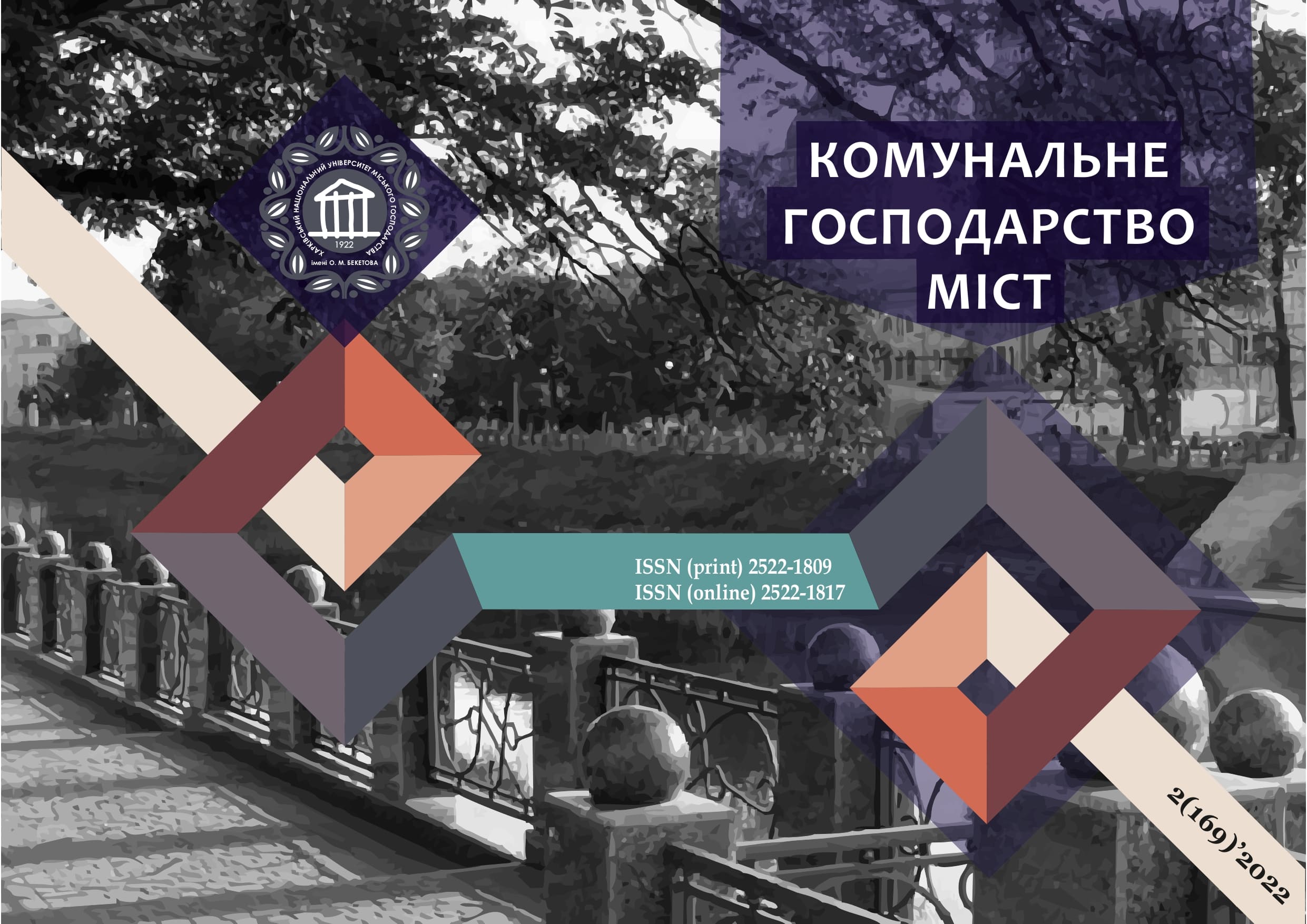METHODS OF MODELING AND FACTOR ANALYSIS OF THE VOLUME OF PROVIDEDSERVICES BY MUNICIPAL LAUNDRY ENTERPRISES
DOI:
https://doi.org/10.33042/2522-1809-2022-2-169-22-26Keywords:
modeling, factor analysis, volume of laundry services.Abstract
The method of calculating the influence of the most important factors on the change in the volume of services provided by municipal laundries is considered. It is proposed to use mathematical multiplicative models in modeling and factor analysis of this indicator, which contain a number of different technical and operational factors that reflect the characteristics of economic activity and the final production result of these enterprises. To determine the quantitative impact of these factors on the overall change in the studied indicator of the volume of provided laundry services, it is recommended to carry out the step-by-step factor analysis of this indicator using the method of chain substitutions. This makes it possible, depending on the available statistical information and the purpose of the analysis to perform two-factor, three-factor and multifactor analysis of this indicator. This methodological approach allows in each case to calculate the impact on changes in the volume of laundry services only those factors that are currently the most significant. It is proposed in the process of factor analysis of this indicator to calculate the absolute and relative influence of individual factors on its change, as well as the structure of such influence, which allows to determine the way of enterprise development from the economic point of view (extensively or intensively). The given method of factor analysis of the volume of laundry services provided allows us to decompose this synthetic indicator into a number of analytical components, present it in the form of deterministic economic and mathematical models, determine the influence of individual factors on its change, investigate the patterns of such an impact, use the obtained analytical information in substantiating and adopting appropriate management decisions.
References
Dolya, V.T. (2003). Economic Analysis: Theory and Practical Techniques. Kyiv, Kondor. [in Russian]
Economic Analysis. (2003). Ed. F.F. Butynets. Zhytomyr, Ruta. [in Ukrainian]
Bolyukh, M.A., Burchevskyi, V.Z., Horbatyuk, M.I. (2001). Economic Analysis. Ed. M.H. Chumachenko. Kyiv, KNEU. [in Ukrainian]
Kindratska, H.I., Bilyk, M.S., Zahorodniy, A.H. (2008). Economic Analysis: Theory and Practice. Lviv, “Magnolia – 2006”. [in Ukrainian]
Kosova, T.D., Sukharev, P.M., Vashchenko, L.O., etc. (2012). Organization and Methodology of Economic Analysis.
Kyiv, Center of Educational Literature. [in Ukrainian]
Kostenko, T.D., Pidhora, Ye.O., Ryzhykov, V.S., etc. (2005). Economic Analysis and Diagnosis of Modern Enterprise. Kyiv, Center of Educational Literature. [in Ukrainian]
Kostyuk, V.O. (2018). Technical and Economic Analysis of Municipal Enterprises. Kharkiv, O.M. Beketov National University of Urban Economy. [in Ukrainian]
Popovych, P.Ya. (2008). Economic Analysis of Economic Entities. Kyiv, Znannya. [in Ukrainian]
Savytska, H.V. (2004). Economic Analysis of Enterprise Activity. Kyiv, Znannya. [in Ukrainian]
Tarasenko, N.V. (2006). Economic Analysis. Lviv, “Novyi Svit – 2000”. [in Ukrainian]
Tarasenko, N.V. (2003). Ekonomis Analysis of industrial enterprise activity. Kyiv, Alerta. [in Ukrainian]
Frolova, T.O. (2005). Financial analysis. Kyiv, Publishing house of European University. [in Ukrainian]
Downloads
Published
How to Cite
Issue
Section
License
The authors who publish in this collection agree with the following terms:
• The authors reserve the right to authorship of their work and give the magazine the right to first publish this work under the terms of license CC BY-NC-ND 4.0 (with the Designation of Authorship - Non-Commercial - Without Derivatives 4.0 International), which allows others to freely distribute the published work with a mandatory reference to the authors of the original work and the first publication of the work in this magazine.
• Authors have the right to make independent extra-exclusive work agreements in the form in which they were published by this magazine (for example, posting work in an electronic repository of an institution or publishing as part of a monograph), provided that the link to the first publication of the work in this journal is maintained. .
• Journal policy allows and encourages the publication of manuscripts on the Internet (for example, in institutions' repositories or on personal websites), both before the publication of this manuscript and during its editorial work, as it contributes to the emergence of productive scientific discussion and positively affects the efficiency and dynamics of the citation of the published work (see The Effect of Open Access).

